How To Tie The Perfect Fishing Leader for Snook, Redfish, and Seatrout
- By: Luke Simonds
- on
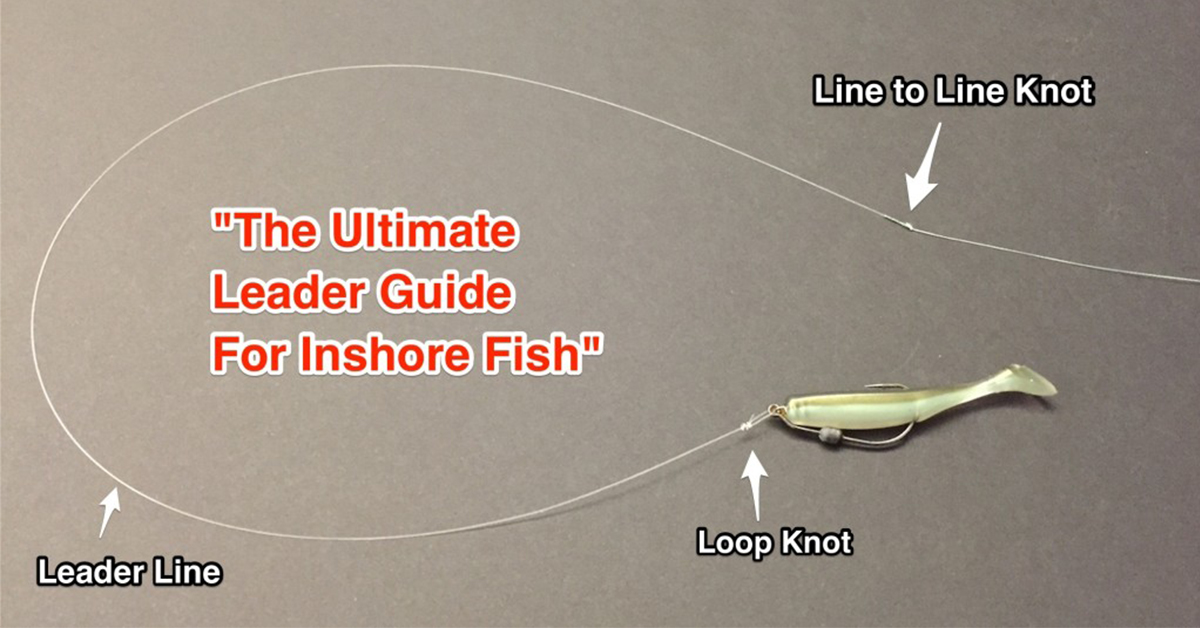
FACT: A fishing leader can make or break you when it comes to landing the biggest fish of the day.
Having a good leader line with strong knots is absolutely essential for inshore anglers who want to land big snook, redfish, trout, tarpon, etc.
However, many inshore anglers simply have never been taught how to make their own leaders, or in many cases, they were taught an inferior way to tie leaders.
I know this because I used inferior knots for my personal leaders for 20+ years… even multiple years of tournament fishing when hard-earned money was on the line.
Many questions have come in relating to tying leaders for snook, redfish, and seatrout in the last couple of months, so I wanted to put focus back onto this article that shows how to tie the best fishing leader for inshore fish that I have found so far after many knot tests.
You’ll, of course, see the overview of why it’s important to use fishing leaders.
And you’ll see the best knots that have proven to outperform the others for the specific connections needed in a proper leader system.
Watch the video below to see what a fishing leader is, and when to use one, and then keep on reading below for everything you need to know about tying the best leaders.
[optin-monster slug=”jaask28kahbhqdjwlzjh” followrules=”true”]
What is a “Fishing Leader”?

The fishing leader is a short strand of tough fishing line (often stronger and/or less visible than the main line) that is placed in between the main line in the reel and the hook or lure that an angler is using.
There is no maximum or minimum length for leaders, but they are most often in the 1 to 3 ft range… inshore recommendations discussed below.
Why Use A Leader For Saltwater Fishing?
A leader is needed for saltwater fishing because it provides an angler with the ability to keep a big, strong, and often toothy fish from biting through the line near the hook/lure (the “business end”) while allowing the angler to have a much thinner line in the reel for maximizing casting distance and performance.
In this article, we’ll focus the examples to leader assemblies designed to catch big snook, redfish, and seatrout.
What Is Needed To Tie A Fishing Leader?
Fortunately, there is not much equipment that is needed… it mostly involves just knowing how to best put it all together.
Here’s what you’ll need:
- Main line in spool (10 lb to 20 lb braid is what we recommend for anglers using spinning tackle)
- Note: we highly recommend braid because of its better casting performance and stronger breaking strength related to listed strength as compared to mono
- Leader line (20 lb to 40 lb monofilament)
- Lure/Hook (whichever lure/hook you plan to use)
- Pliers/Scissors/Knife to cut line
- [optional] Swivel… if you plan to use a bait that is prone to twisting up your line, then tying a swivel in between your main line and the leader is smart
Want More Inshore Fishing Spots In Your Area?
Then you’ve got to see this private fishing club…
You’ll receive:
- Weekly fishing reports and trends revealing where the inshore fish are feeding all year long
- Weekly “spot dissection” videos that walk you through all the best spots in certain areas
- Exclusive fishing tips from the PROS you can’t find anywhere else
- Everything you need to start catching fish more consistently (regardless if you fish out of a boat, kayak, or land).
Click here to join today.
How To Tie A Fishing Leader
Many anglers over-complicate their leader lines and some are very intimidated by them… especially when tying line-to-line.
However, the process only consists of 3 steps, and it is quite simple once the knots are learned.
And after a bit of practice, anyone can complete the full assembly quickly even while out on the water in rough seas.
Here are the 3 core steps:
Step 1: Tie Line to Line Knot
The first step in tying a fishing leader is to connect your main line to your leader line…
This is by far the most important aspect of tying a leader line because it will most often be the weakest link in your assembly since the main line is kept light to increase casting performance, while the leader is the heavier of the two lines to withstand the sharp teeth/mouths of many saltwater fish.
For example, even a 50% knot on the hook/lure end of a 30 lb leader is stronger than a 100% knot on a 10 lb main line… (15 lbs vs. 10 lbs).
Here’s some “must-know” line to line knots for those who use braid and/or mono:
Braid to Mono
This FG Knot won our braid to leader knot contest by a considerable margin while also being the thinnest option of them all:
Note: Do not use this knot for a mono to mono connection… it requires braided line making the coils.
Mono to Mono
The Surgeon’s Knot is one of the strongest and quickest knots out there for mono to mono:
Note: The surgeon’s knot can be used to connect braid to mono/fluoro too, but it’s best to use 6 wraps if using braid vs. the 3 for mono to mono.
Leader Length [VIDEO]
Step 2: Determine Your Leader Length
There is no right or wrong length for a fishing leader.
I typically use leaders in the 2 to 4 ft range depending on what type of fishing I’m doing.
For instance, I use a shorter leader when fishing with artificial lures because I do not allow my knots to go through my rod guides because the friction from frequent casts will weaken any knot.
For live bait fishing when the cast count is a fraction of artificial, I’ll increase the length of my leader by 6 to 12 inches.
So I go with a ~24-inch leader for artificials and a 30+ inch leader when live baiting.
Note: Although I start with a minimum 24-inch leader, I’ll, of course, let it get shorter while in use after re-tying due to fish fraying the line or needing to switch lures/baits… I’ll often let it get down to 16 to 20 inches depending on water clarity (clear water = longer leader).
Step 3: Tie Lure or Hook to Leader
The final step is to connect your lure or hook to your leader.
Although maximizing the breaking strength here is not nearly as important compared to the line-to-line knot in step 1, its strength still needs to be considered.
However, some other factors come into play here that shouldn’t be overlooked either… especially when fishing with artificials:
- Does the knot maximize lure action?
- Will it snag weeds?
The most important aspect of a leader to lure/hook knot is its ability to allow the bait to have as much action as possible… and to address this factor, I highly recommend using a loop knot because the loop does not constrain the lure/hook nearly as much as a typical knot that hugs the eye.
Much lower on the importance list, but still very important is the knot’s ability to avoid snagging floating weeds/debris… because the debris stuck on the knot will significantly decrease the odds of you getting a strike.
If you’re using a leader that is close to the same breaking strength as your main line and your bait doesn’t require much action, then it is smart to use a snug knot because those knots have higher breaking strengths since they generate more friction along the surface area of the hook eye.
See below for the knots that won the respective knot contests:
The Top Weedless Loop Knot
Note: This Non-Slip Loop knot (also called Kreh Loop knot) won our leader to lure loop knot contest.
The Top Weedless Snug Knot
Note: This Orvis knot won our leader to lure snug knot contest.
How To Tie A Swivel Onto A Leader
When fishing with lures like spoons that are prone to cause twists in my line, it is good to tie a swivel in between the main line and the fishing leader line.
This will help decrease the line twists in your line, which will help decrease the odds of getting frustrating wind knots.
Just like before, the most important knot in this setup is the one that connects your main line to the swivel…
Since the FG knot is only for connecting a braided line to a mono leader, a different braid knot is needed.
Braid To Swivel Knot
Note: This modified uni knot for braid won our braid to swivel knot contest we held to evaluate this important connection.
Once this modified uni knot is tied, then use the Orvis knot shown above to connect the swivel to the leader.
If using a mono main line, I like tying the Orvis knot to connect to both sides of the swivel… it’s very simple to tie and has a very impressive hold strength. However, the very popular Palomar knot and the Uni knot are both excellent choices as well… they all 3 scored extremely close in our knot strength analysis.
What Size Leader Line Should I Use?
There is no one-size-fits-all fishing leader line size for any species… it all depends on water clarity, size of expected fish, amount of structure nearby, etc.
But here are the strength range that I most often recommend:
- Redfish, trout, and flounder on the flats: 20 lb to 25 lb mono leader and 10 lb braid main line is my favorite
- Snook on the flats: 25lb to 30 lb mono leader and 10 lb braid main line
- Snook and redfish in inlets and/or near structure: 40 lb to 60 lb mono leader and 20 lb to 30 lb braid main line depending on size of expected fish
- Tarpon/Cobia on the flats or near inlets: 50 lb to 80 lb mono leader and 20 lb to 40 lb braid/mono main line depending on size of expected fish
Although the 10 lb braid main line seems a bit light for battling big snook and reds on the flats, just keep in mind that the true breaking strength of braid is often much higher than its listed value.
For example, I consistently get a 20 lb to 22 lb line system when using an FG knot to connect my “10 lb” PowerPro braid to a 30 lb fluorocarbon leader… and this 20 lb level is higher than the max drag setting on most inshore spinning reels.
In case you’d like to see the light gear in heavy action… here’s a short video of a decent-sized tarpon getting landed on my inshore setup:
The 2 core upsides to using lighter main lines are that they:
- Significantly increase casting performance (over 20% longer casts as shown in this casting experiment)
- Decrease wind/water drag which makes for an improved feel of strikes and a better retrieve while working lures
And these upsides completely overshadow the downside of the line not being quite as strong as it otherwise could have been in my opinion.
What Type of Leader Line Should I Use?
There are a few types of lines that are popular for leaders that all anglers should knot about… here’s a list:
- Traditional Monofilament – The economic option that’s better than what most anglers think
- Fluorocarbon – Fairly new type of Monofilament that is known for being less visible than regular mono based a lower refraction of light going through it
- Wire – Used when targeting toothy critters like sharks, mackerel, barracuda, etc.
There has been a lot of heavy marketing on behalf of fluorocarbon over the past 10 years that has make it very popular even though it costs significantly more than traditional monofilament.
I used to use it exclusively until the past 12-months when I began doing line tests between the two and found that the results for fluorocarbon have not justified the price difference… it actually has underperformed regular mono in abrasion experiments on a consistent basis. I’ll be doing some tests on the visibility factor soon.
[optin-monster slug=”wcrcrc7d6ih5k29wooi4″ followrules=”true”]
What Type of Main Line Should I Use?
There is an endless amount of options for lines these days, so it’s tough to sort through the good vs. the bad.
For those of us who use spinning tackle, it is very helpful to use braid line vs. monofilament because the much thinner braid will significantly increase your casting distance (see braid vs. mono casting distance test here).
And the zero-stretch nature of braid will enable you to feel strikes and set hooks so much better which will undoubtedly result in more fish caught just by making this one simple adjustment.
Here are the strengths that I most often recommend based on fishing type:
- Redfish, seatrout, snook, and flounder on the flats: 10 lb to 15 lb braid main line is my favorite
- Big Snook and redfish in inlets and/or near structure: 20 lb to 30 lb braid depending on size of expected fish and the amount of current and structure that is typically present
- Tarpon/Cobia on the flats or near inlets: 20 lb to 40 lb braid/mono main line depending on size of expected fish
Conclusion
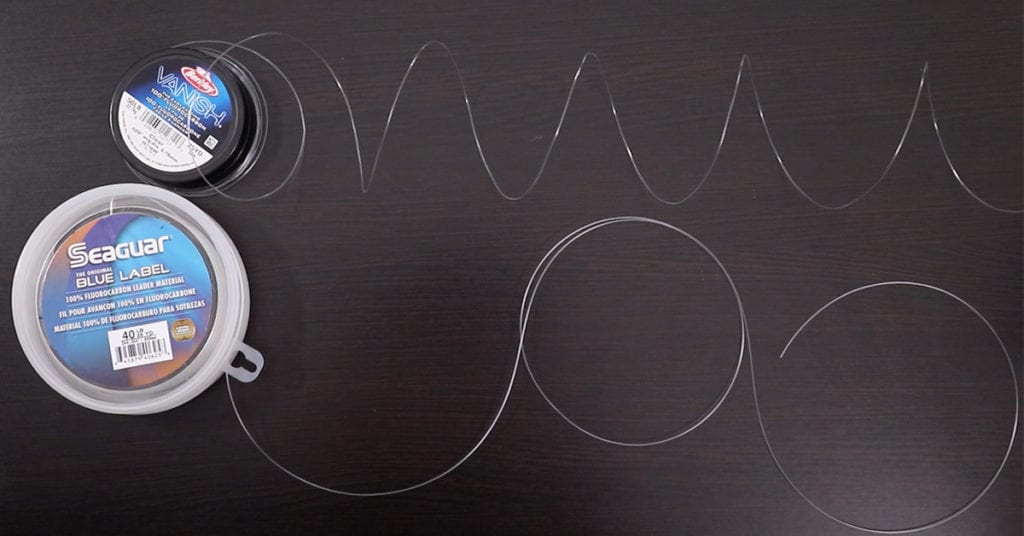
When fishing for most saltwater species, it’s important to use a fishing leader to increase the odds of landing the biggest fish of the day while also having the ability to effectively cast and present your bait for increased strikes.
And fortunately for you, tying a strong leader doesn’t require a lot of fancy equipment.
It simply involves having two different types of line and knowing 2 to 3 different knots.
Play around with the knots to find out which ones give you the best hookup ratios for the type of lines you use.
Any questions on how to tie a leader?
Just let me know in the Comments section below.
And if you know someone who wants to learn more about how to catch spooky fish, please TAG or SHARE this with them!
P.S. Want access to our best fishing spots and tips, plus discounts to our online tackle store? Click here to join us in the Insider Club!
Related Articles:
Related categories:
STOP WASTING TIME ON THE WATER!
Do what the “SMART ANGLERS” are doing and join the Insider Club.
Here’s what you’ll receive today when you join:
- Weekly fishing reports and TRENDS revealing exactly where you should fish every trip
- Weekly “spot dissection” videos that walk you through all the best spots in your area
- Exclusive fishing tips from the PROS you can’t find anywhere else
- Everything you need to start catching fish more consistently (regardless if you fish out of a boat, kayak, or land).




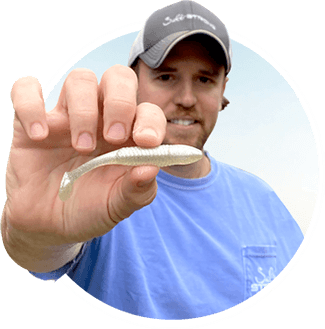
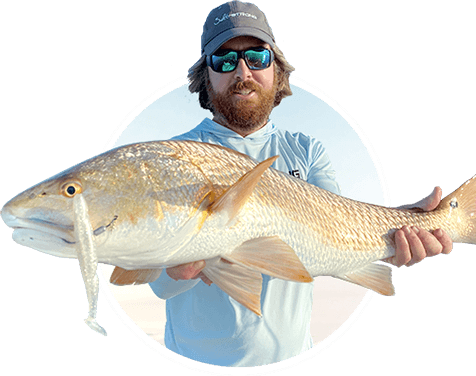
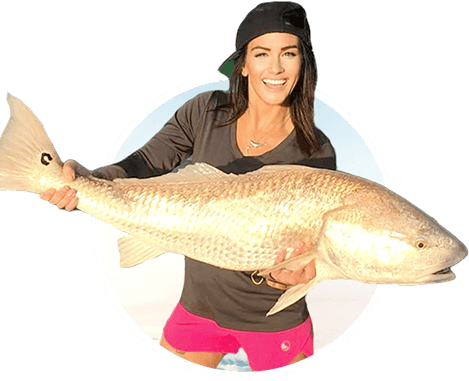
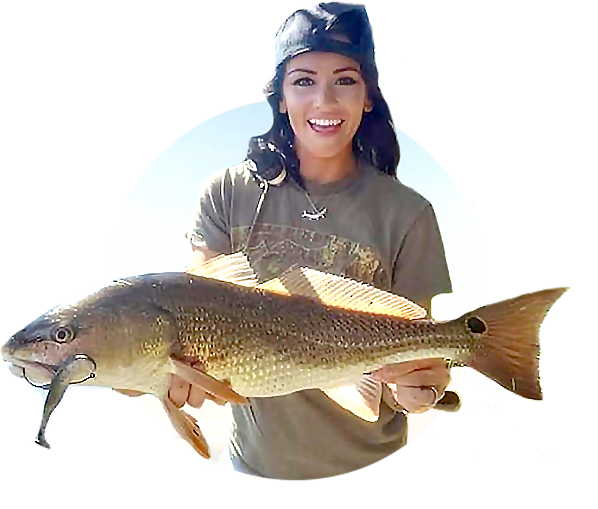
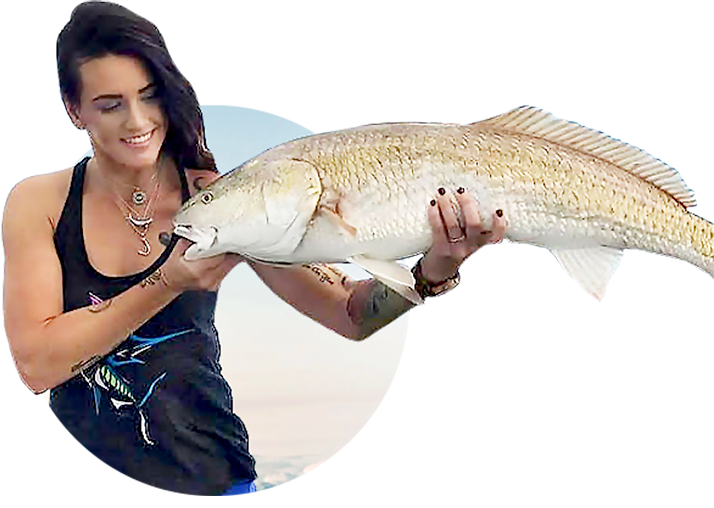
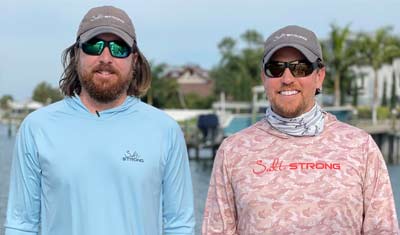
Somehow I missed the addition of the bite tippet. I wasn’t even familiar with the term until I googled it. Any SS videos about it? How long should it be, and what is the best knot to attach it to the main leader? Thanks in advance
Here’s a video showing my favorite knot for adding a bite tippet: https://www.saltstrong.com/articles/leader-hack-for-catching-big-fish-on-light-line/
Anybody ever use the piano wire for casting lures for reds and trout? I read that it was common a few years back.
Hey Luke! Been a member for less than a year and watching your videos for about a year. Finally coming back to refresh this one. I thought I had it perfected, but… Do you ever run into the FG coming undone? Using 10lbs braid with 20lbs mono leader. I’m wondering if it’s because my braid is a few months old (haven’t lost much of the original spool). I double hitch, then cut and double hitch again, but I’ve noticed the FG unwinding sometimes? Any thoughts?
I used 15 to 20 pound floro leader for tidal creeks until I saw your mono v floro test.
Now, I use rod length 8-15 pound Ande mono leader on 6-8 pound braid tied with an fg.
If I need more abrasion resistance I’ll do a dirty deeks section of 20-40 pound mono.
Heck, if I get into blues, 50 pound mono holds up just fine. Just gotta re-tie after you catch one.
Thanks for sharing the helpful intel.
I would like to see a mono vs. fluorocarbon leader abrasion test.
I have done a lot of abrasion tests on fluoro vs mono, and traditional mono has won every time. Here’s one: https://www.saltstrong.com/articles/mono-vs-fluoro-abrasion-contest/
How often should I change out the line on my reel.
Here’s a lesson on that: https://www.saltstrong.com/articles/when-to-replace-fishing-line/
Thanks for the info. on how to tie an FG knot for braid leaders
Glad to see that you enjoyed this lesson Billy!
I have benefited greatly with these tips and I’m barely a member
Hi all:
I’m a newbie and I have a number a different plastics tied w/ leader and 2 rods. Since the FG knot is a bit time consuming for me to tie each time I want/need to change lures, can someone suggest a quicker way to attach leaders to main line? Quick swivels? Or something else? Any advice would be much appreciated. Thanks, Eric
I recommend staying away from quick swivels… just get used to tying the non-slip loop knot with a short tag and you’ll be able to get plenty reties completed before having to replace the leader.
Another idea is to use the Dirty Deeks tippet in which you can get extra reties in between having to shorten your main leader. Here’s a link to see how it works: https://www.saltstrong.com/articles/dirty-deeks-leader-assembly/
What’s the down side to using clips on hard baits? I’m 67 with some vision issues so it’s really tough re-tieing lures while out on the water. Thanks
Hi yes I agree with you I use 30 lb mono for leaders and bottom rigs I watch your youtube channel thanks